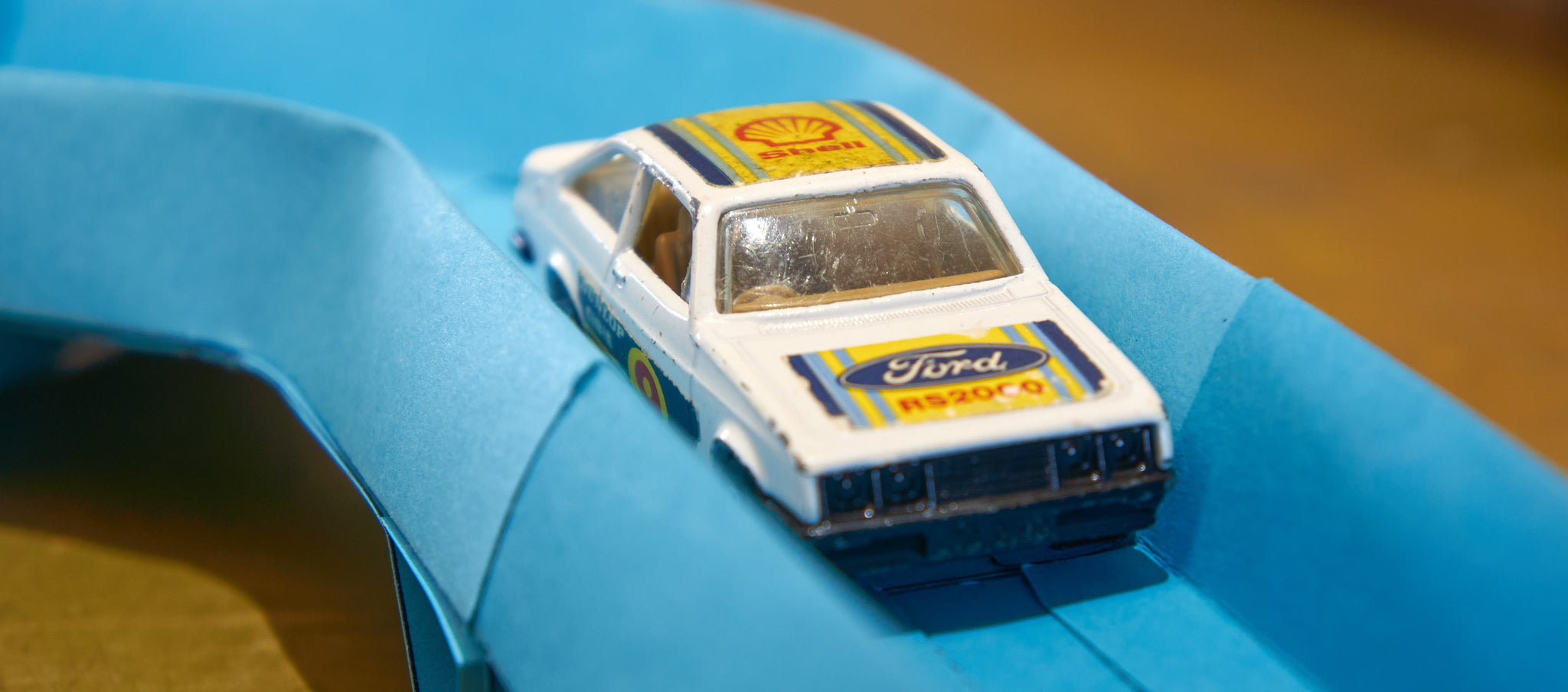

The Power of Triangles - Building Bridges
THE POWER OF TRIANGLES
What shape do things like bridges, cranes and bicycles rely on for strength? Ok, we gave this one away with the title, but triangles are amazing. I know what you are thinking, but stay with me, the triangle is the first polygon, it has the lowest possible number of straight sides and it follows some unique and interesting rules.
One of the most useful of these for designers and engineers is that if all three sides have fixed lengths the angles will also be fixed. This means that triangles do not deform under load like other polygons. Take a rectangle for example. If you apply force to any corner the angles at every corner change and the shape can be deformed. How can we fix this? Add a diagonal line that joins opposite corners, we have now formed two triangles and as long as the length of our sides remains fixed we’ve also fixed the angles at all corners of the rectangle creating a rigid structure. With the angles fixed, if load is applied to a corner the shape will not deform.
The strength of triangles is most apparent in the steel work of bridges and buildings, but the same principle can be used to strengthen any 3D form. In fact, this how you can build rigid racetrack components from thin and floppy card. Triangles enable us to alter the properties of a materials and build remarkably strong light weight structures. All our racetrack components use triangles to stiffen their structure. As you are building look for how the stiffness of the card changes as you add folds and changes again when you join the edges together to form closed triangular tubes
EXPLORATION AND DISCOVERY
Here’s a fun side project that you may remember from school - paper bridge building.The objective is to build a bridge across the gap that can support as much weight as possible. You'll need: waste or recycled thin card or paper, tape and weights for testing the bridge (tinned food is good for this purpose).
Bridge building as a great way to test and demonstrate simple design and engineering concepts. Create a gap between two surfaces, this could be between two items of furniture or two piles of books. Consider the ability of the bridge builders and the materials that you will use when you decide how big to make your gap. If you are unsure start small, as an example if your building material is A4 paper a simple gap would be ¾ of the page length. Extending the gap to just under two sheets will increase the challenge.
TESTING: Add weights to the bridge one at a time until it collapses. Remember to use common sense, don’t break anything and keep toes out of the way when testing. The bridge that supports the most weight wins.
Here are some suggested tips and guidelines
- Remember triangles and think about how you could use them in your bridge.
- You could limit the amount of tape available to encourage the bridge builders to rely on structural forms rather than tape to strengthen the bridge.
- If you want to make things competitive split into two teams.
I hope you enjoy experimenting with triangles and construction as much as I have over the years. The power of shapes is fascinating and something I believe anyone can have fun exploring and experimenting with. Off to the racetrack now.
Sign up to our newsletter
Receive special offers and first look at new products.



